Reviewed by: Y. Garcia
The bullet heaven formula flips traditional gaming expectations. Instead of frantically dodging enemy fire, you become the source of overwhelming destruction. When this concept meets virtual reality, something fascinating happens.
Developers are literally asking, "what if the bullet hell was on your face?" You are no longer watching chaos unfold on a monitor, you are standing in the eye of the storm, with projectiles whizzing past your head and enemies collapsing under your supernatural firepower from every angle you can turn to.
Vampire Survivors has become a cultural phenomenon, inspiring countless developers to riff on the formula.
Now VR teams are taking that proven loop and adapting it for headsets, creating experiences like the VR bullet-heaven title Survivors of Xcalibur and other experimental projects that push the boundaries of what is comfortable, and what is thrilling, in virtual reality. The move from screen to headset is not just a port, it is a reimagining of how we take in overwhelming digital chaos.
The bullet heaven revolution meets virtual reality
Bullet heaven, where the player becomes the firehose instead of the target, has come a long way. Magic Survival is recognized as the first bullet heaven game, a foundation for the subgenre. Unlike traditional bullet hell games where players are surrounded by overwhelming projectiles requiring constant evasion, bullet heaven flips the script so players become the source of destruction rather than its target.
When that formula hits VR, the change feels immediate. The flat screen version of juggling weapons and upgrades suddenly gains depth, weight, and a sense of place. Instead of clicking through menus while your character auto-attacks, you are physically in the blast zone, with projectiles hissing past your ears and enemies approaching from all directions.
Various terms have emerged to describe games resembling Vampire Survivors, yet VR adaptations face challenges the 2D versions never had to consider. How do you keep the genre’s signature overwhelm without overwhelming the person in the headset? Early experiments like Megabonk have all the hallmarks of a meme game, but there’s actually a lot of fun to be had in this 3D take on Vampire Survivors suggest developers are finding playful, workable answers.
PRO TIP: Success in VR bullet heaven hinges on balancing spectacle with comfort systems. The old tactic of stuffing every pixel with projectiles needs careful tuning when the screen sits inches from your eyes.
From screen to face: the immersion transformation
The move to VR changes how players feel the core loop that made Vampire Survivors stick. The game’s distinctive shift from active exploration to passive survival lands differently when your body anchors you in the space. What used to be 2D positioning becomes real spatial awareness.
Consider the headspace. Vampire Survivors transforms the player’s role from active exploration to passive survival, building tension through sheer odds rather than complex inputs. In VR, that tension amplifies. The safety glass of the monitor disappears, replaced by the feeling of standing in the center of the storm.
Accessibility matters here. Most Vampire Survivors-style games allow players to control only movement and positioning, lowering operational skill demands while still rewarding smart choices. VR needs to keep that pick-up-and-play ease, then add presence without piling on busywork.
In VR, those automatic weapons become a three-dimensional light show around your actual head. Your job shifts from managing chaos on a screen to inhabiting it. Interface design carries extra weight. How do you indicate cooldowns or upgrades when the world is a fireworks display? Teams are trying spatial UI, clear foregrounding, and haptic nudges that preserve the genre’s mindless fun while respecting the medium’s physical demands.
Technical innovation meets overwhelming chaos
Adapting bullet heaven to VR means solving problems flat games never had. Games in this genre typically feature predetermined durations, a blessing for comfort. But the visual intensity that delights on a monitor can tip into nausea in a headset if mishandled.
The genre’s roots matter too. It borrows from hack-and-slash enemy spawning, using numbers instead of elaborate patterns. In VR, that approach needs careful guardrails for comfort, clarity, and readable space, with smart spatial audio to boot.
Performance is a beast. VR renders two views at once, so hundreds of entities strain the budget fast. Flat games can hide shortcuts with fixed angles and distant billboards. In VR, you can look anywhere at any time, so enemies, projectiles, and effects have to hold up from multiple angles without melting the frame rate.
Audio adds its own puzzle. The genre’s emphasis on exponential power growth and positive feedback loops needs a sonic mirror. When dozens of weapons fire and hundreds of enemies collapse, adaptive audio that prioritizes sounds by proximity and importance can keep the vibe legible, loud, and satisfyingly crunchy.
The evolution of overwhelming entertainment
The rise of VR bullet heaven hints at how immersive entertainment might evolve. The fusion of different game mechanics often produces unexpected results, and this mashup is a clear example. Vampire Survivors sparked a development gold rush, so it is no surprise to see the formula migrate.
VR is not content with a one-to-one lift. It demands a rethink of what makes bullet heaven tick, and how those pieces translate to presence, embodiment, and comfort. The genre’s success proves that fusion of mechanics requires taking the essence while discarding unnecessary elements, so careful pruning beats blind homogenization.
There is a twist. Conventional VR wisdom warns against overwhelming visuals, rapid motion, and disorienting effects. Bullet heaven breaks all three on purpose. The best VR adaptations make that rule-breaking work, which could open doors to bolder, more spectacular experiences across genres.
These experiments ripple beyond games. The lessons learned from putting bullet hell on your face may shape how we design controlled chaos in training tools or therapeutic contexts, anywhere intensity has a job to do.
What’s next for face-mounted mayhem?
Does bullet hell belong on our faces? The question is not just provocative, it is productive. Wrestling with overwhelming spectacle in VR is pushing advances in rendering, input, and comfort that benefit the medium as a whole.
What happens next could define how other 2D-first genres approach VR. If teams can keep the accessibility and progression hooks that made Vampire Survivors pop, then layer in meaningful VR presence, they will set a template others can follow. The trick is honoring what each medium does best, not simply adding a Z axis and calling it a day.
As hardware improves and headsets get friendlier, the line between delightful chaos and discomfort moves. Early experiments already show promise, games that flood your field of view with effects yet still feel good to play.
My hunch, as developers get better at balancing immersion with comfort, is that bullet heaven in VR will grow into something that makes its flat ancestors feel quaint. The studios bold enough to ask, "what if the bullet hell was on your face?" are not just building new games, they are sketching new ways to craft immersive entertainment.
The real question is not whether overwhelming digital chaos belongs on your face, it is whether you are ready for how overwhelming it can get.




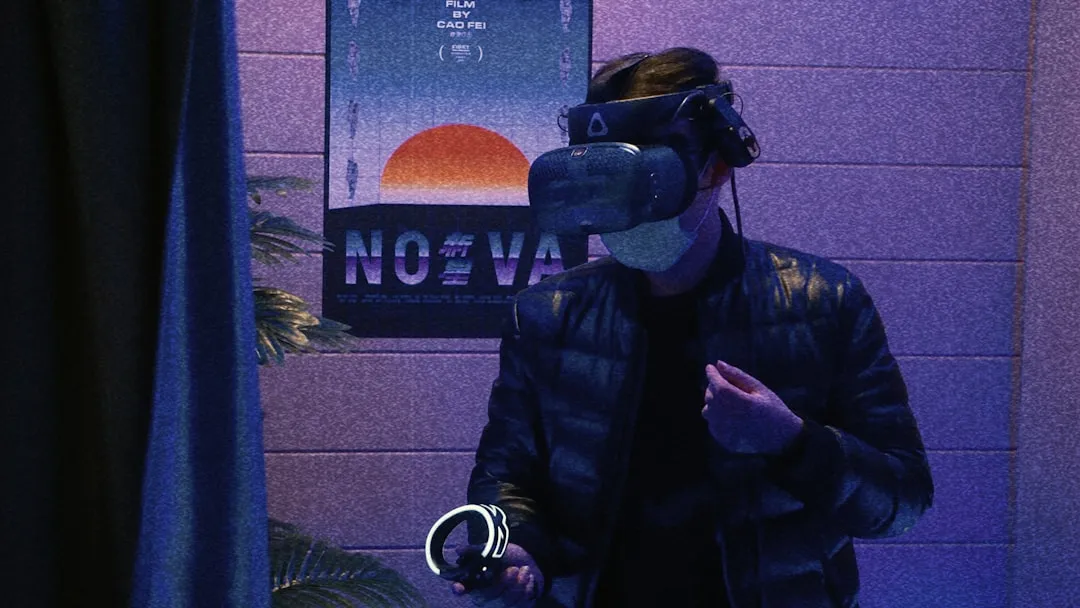





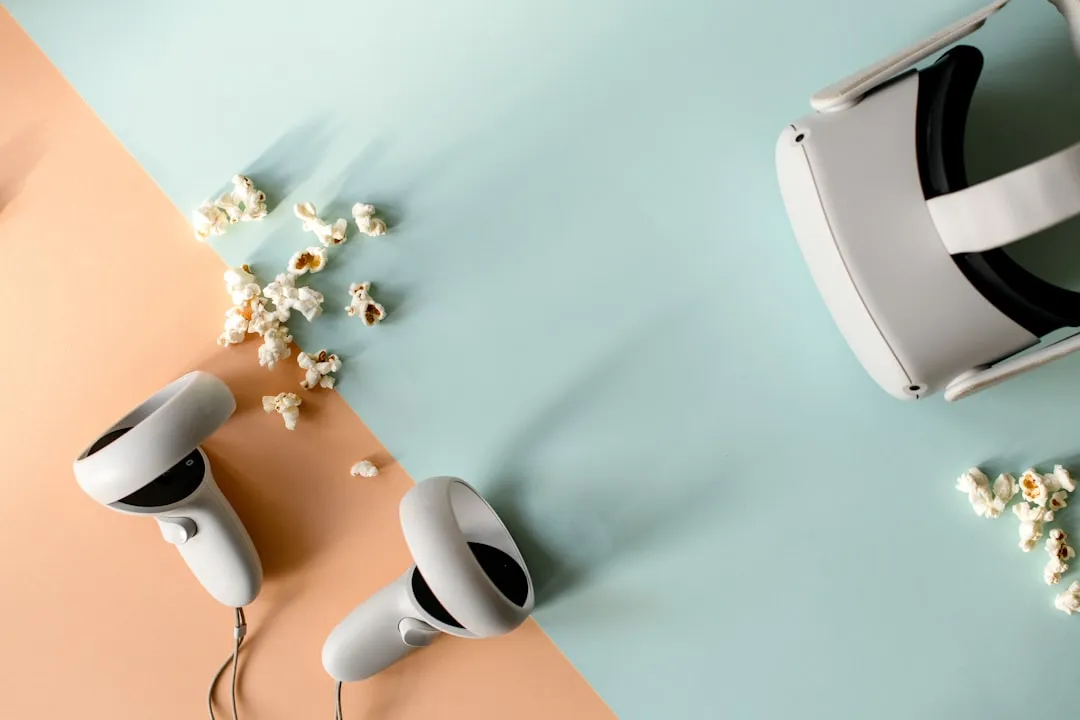
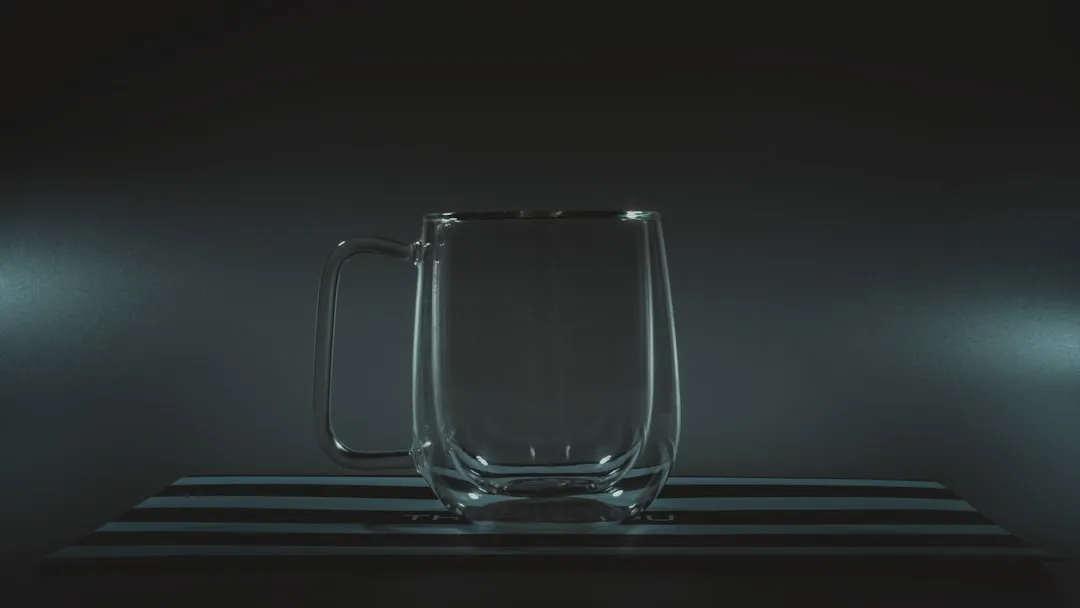

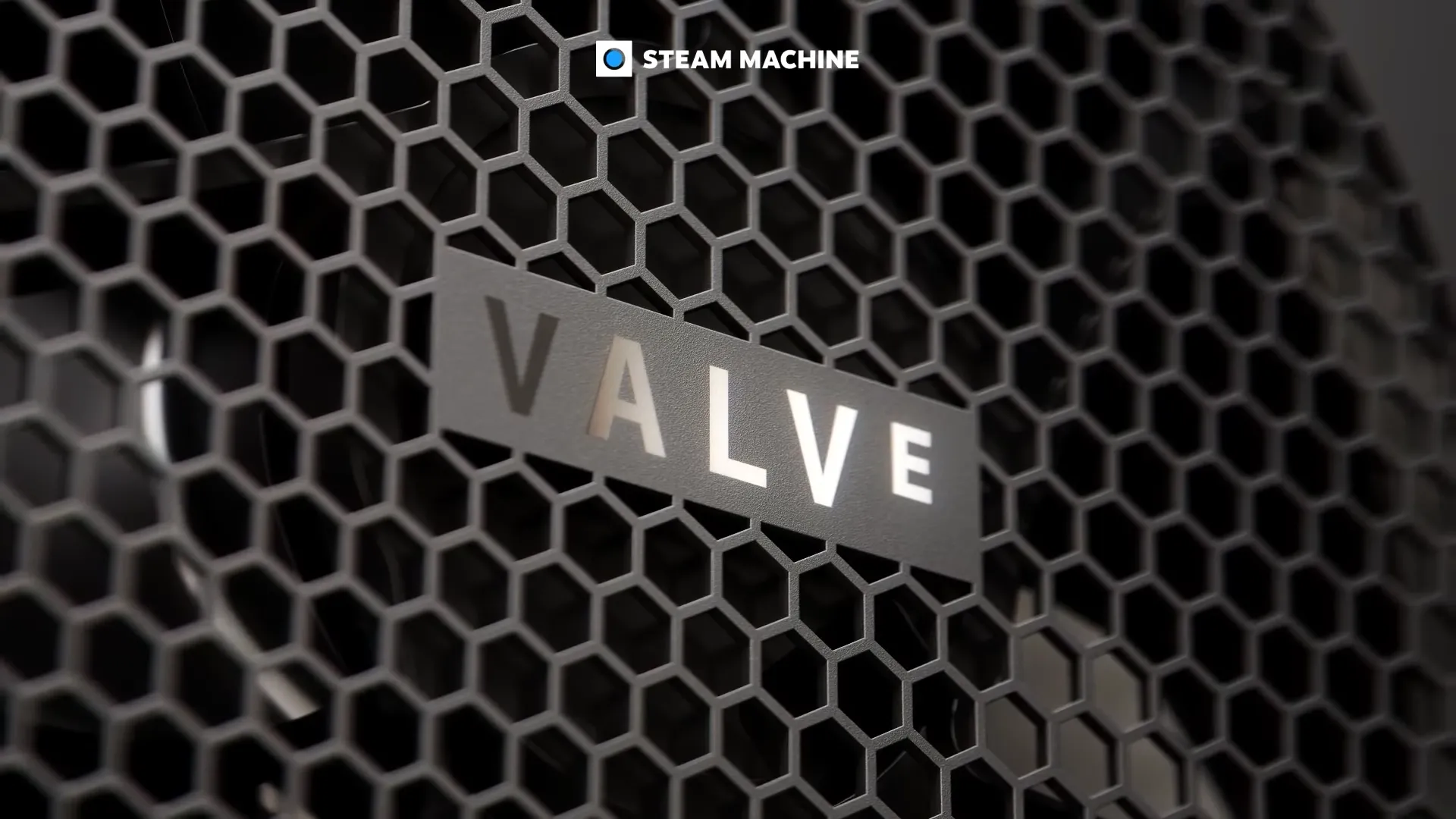





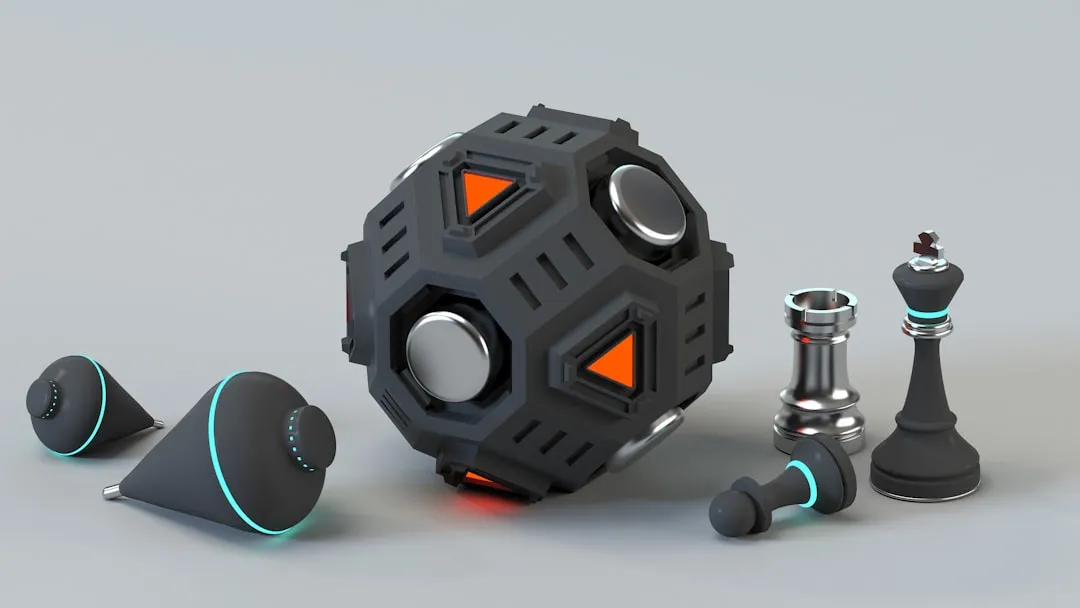

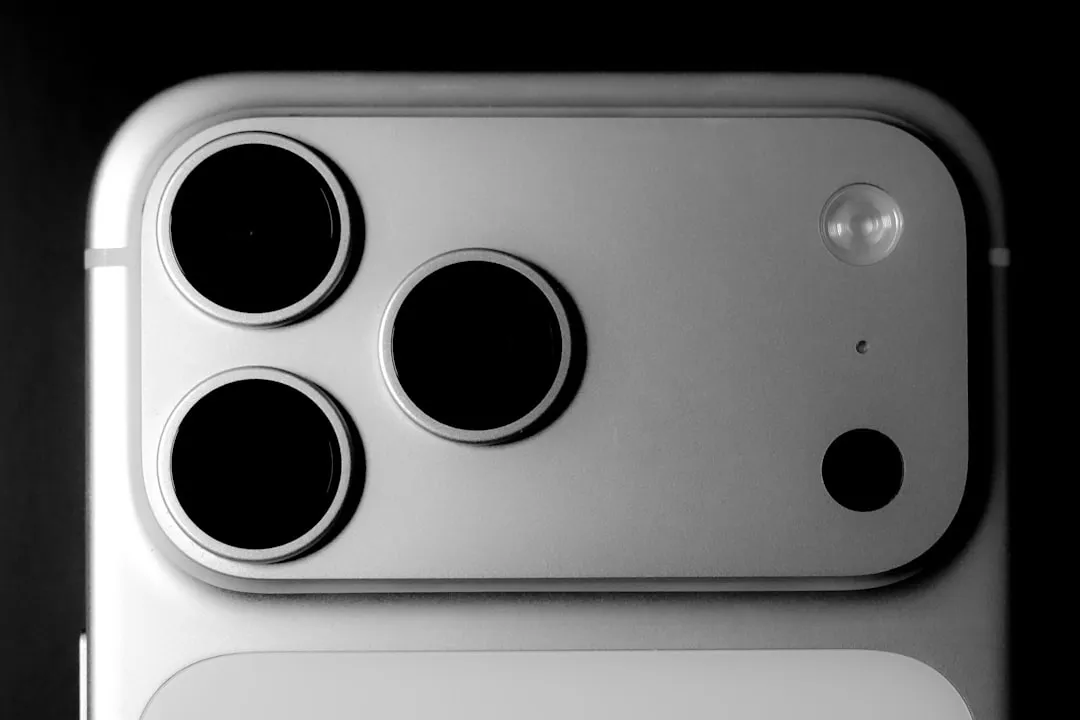


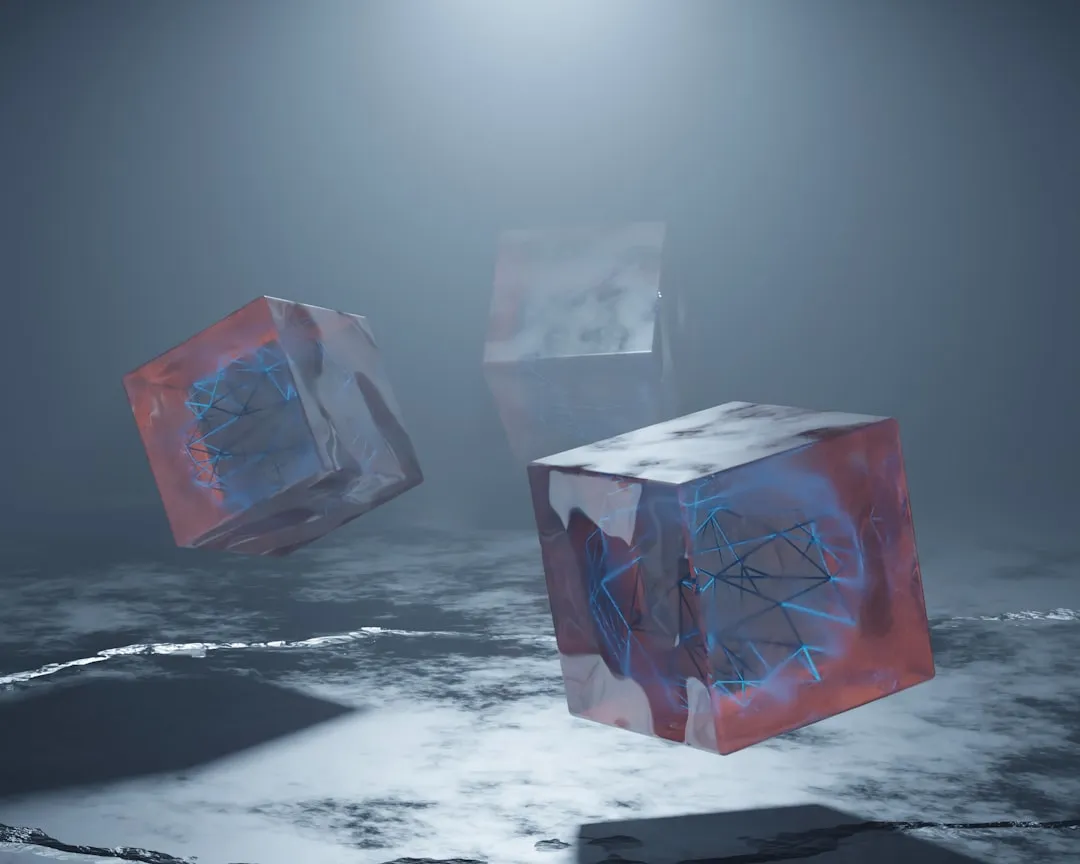
Comments
Be the first, drop a comment!